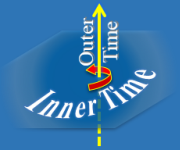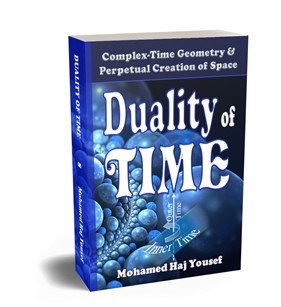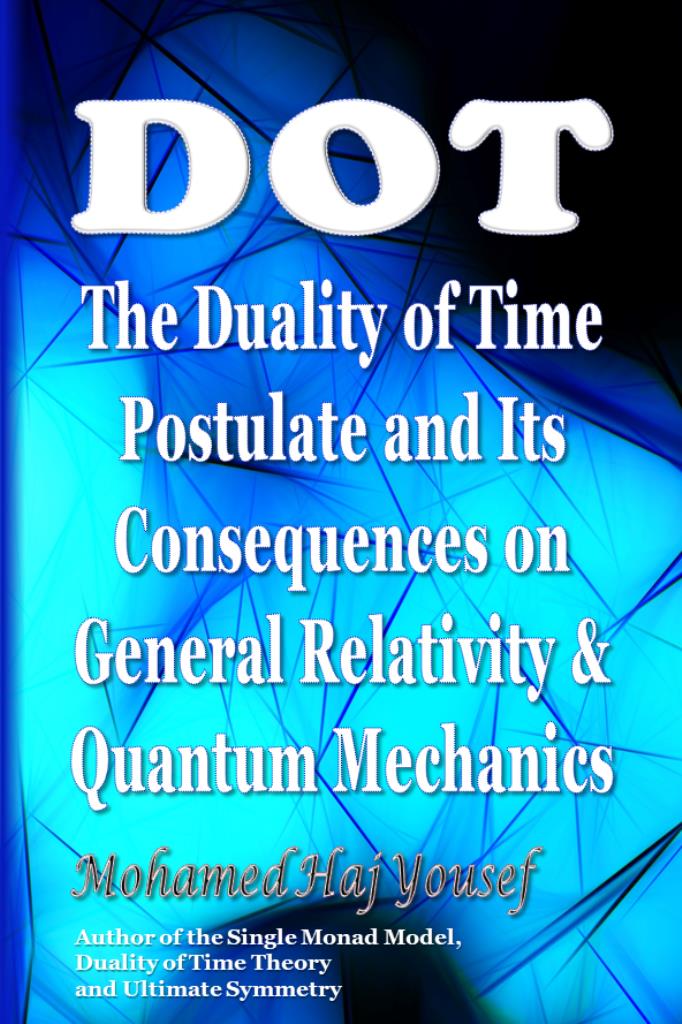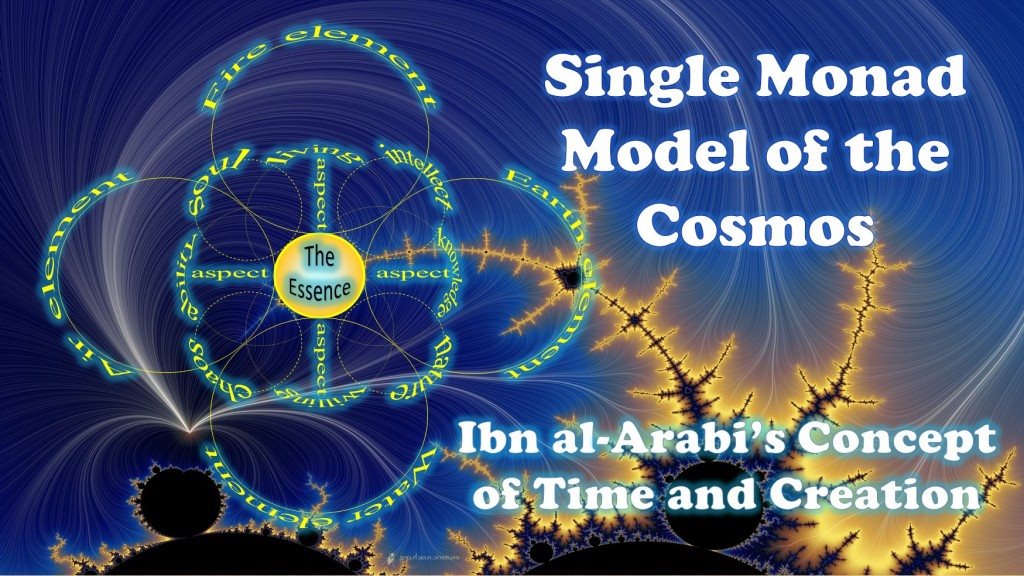III.1.1 Symmetry in Special Relativity
In Classical Mechanics, Galilean transformations are used
to transform between the coordinates of two reference frames which differ only
by constant relative velocity . For simplicity we consider that motion
is only on the axis, so that the other two axes are
unaffected (, ),
while and are
related by the following equation: .
Together with spatial rotations and translations in space and time, these
transformations form the inhomogeneous Galilean group, which includes the set
ofnon-relativisticcontinuous space-time transformations, in space
with absolute time. Simple spatial rotations, translations, and
transformations, are subgroups of this Galilean group, each of them has three
parameters or dimensions: , , and , whereas temporal
translation is a subgroup of one dimension: .
Therefor, in total, the Galilean group has real
dimensions.
When we combine these transformations with the principle of
the constancy and invariance of the speed of light, we get the Lorentzian
transformations which led to Special Relativity. Lorentz invariance relates
between two inertial coordinates systems by the following relations, again
considering for simplicity that motion is only on the axis:
and ,
where : is the
ratio of the velocity over the speed of light , and
is called Lorentz
factor and it is given by: .
Lorentz transformations can also be considered as a hyperbolic rotation of
Minkowski space, as we explained in Chapter V of Volume II.
When the relative speed between the observers is very small, in
relation to the speed of light, as it is the case in most classical situations,
the value of will be effectively considered zero, and
the value of will be equal to one. Under these
conditions, Lorentzian invariance reduces back to the Galilean symmetry
expressed above. Therefore, Galilean invariance is an approximation of Special
Relativity that is valid for low speeds, while Special Relativity is an
approximation of General Relativity that is valid for weak gravitational
fields, as we shall describe in section III.1.2.
The set of all Lorentz transformations of Minkowski
space-time is called Lorentz group, which describes the classical and quantum
setting for all non-gravitational physical phenomena, including: the
kinematical laws of Special Relativity, Maxwell s field equations in the theory
of electromagnetism, the Dirac equation in the theory of the electron, and the
Standard model of particle physics. All physical laws are Lorentz invariant
when gravitational variances are negligible.
Lorentz violations are allowed in String Theory,
super-symmetry and Horava-Lifshitz gravity, as well as some approaches to
Quantum Gravity. However, there is no experimental evidence of any violation of
Lorentz invariance. When gravitational variances are negligible, all physical
laws are Lorentz invariant. Lorentz transformations can also be considered as a
hyperbolic rotation of Minkowski space.
The Lorentz group is a six-dimensional non-compact
non-Abelian real Lie group that is not connected. The four connected components
are not simply connected, but rather doubly connected. The identity component
(i.e., the component containing the identity element) of the Lorentz group is
itself a group, and is often called the restricted Lorentz group, and is
denoted . The
restricted Lorentz group consists of those Lorentz transformations that
preserve the orientation of space and direction of time, and it is often
presented through bi-quaternion algebra. Mathematically, the Lorentz group may
be described as the generalized orthogonal group , the
matrix Lie group that preserves the quadratic form on : .
Lorentz group is a subgroup of the Poincar group, the
group of all isometries of Minkowski space-time, because Lorentz
transformations are isometries that leave the origin fixed. For this reason,
the Lorentz group is sometimes called the homogeneous Lorentz group while the
Poincar group is called the inhomogeneous Lorentz group. Lorentz
transformations are examples of linear transformations; general isometries of
Minkowski space-time are affine transformations.
In classical physics, the Galilean group is a comparable
ten-parameter group that acts on absolute time and space. Instead of boosts, it
features shear mappings to relate co-moving frames of reference, whereas
Poincar symmetry is the full symmetry of Special Relativity. Objects which are
invariant under this group are then said to possess Poincar invariance or
relativistic invariance.
Similarly, a physical quantity is said to be Lorentzcovariant
if it transforms under a given representation of the Lorentz group. As we
explained in the Introduction, according to the representation theory of the
Lorentz group, these quantities can be built out of scalars, four-vectors,
four-tensors, and spinors. In particular, a Lorentz covariant scalar, such as
space-time interval, remains the same under Lorentz transformations and is said
to be a Lorentz invariant, which means that they transform under the trivial
representation. This can also be generalized to equations, which can be Lorentz
covariant if they can be written in terms of such quantities, which hold in all
inertial frames.


















